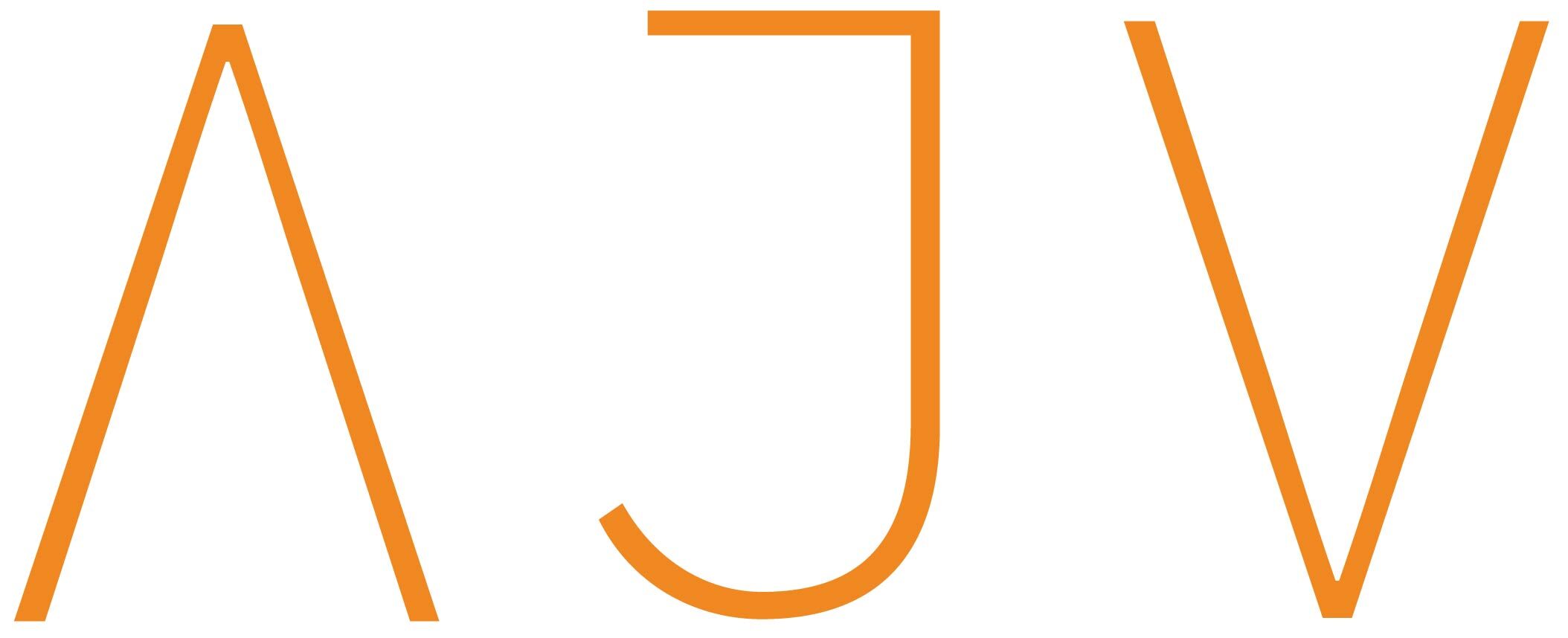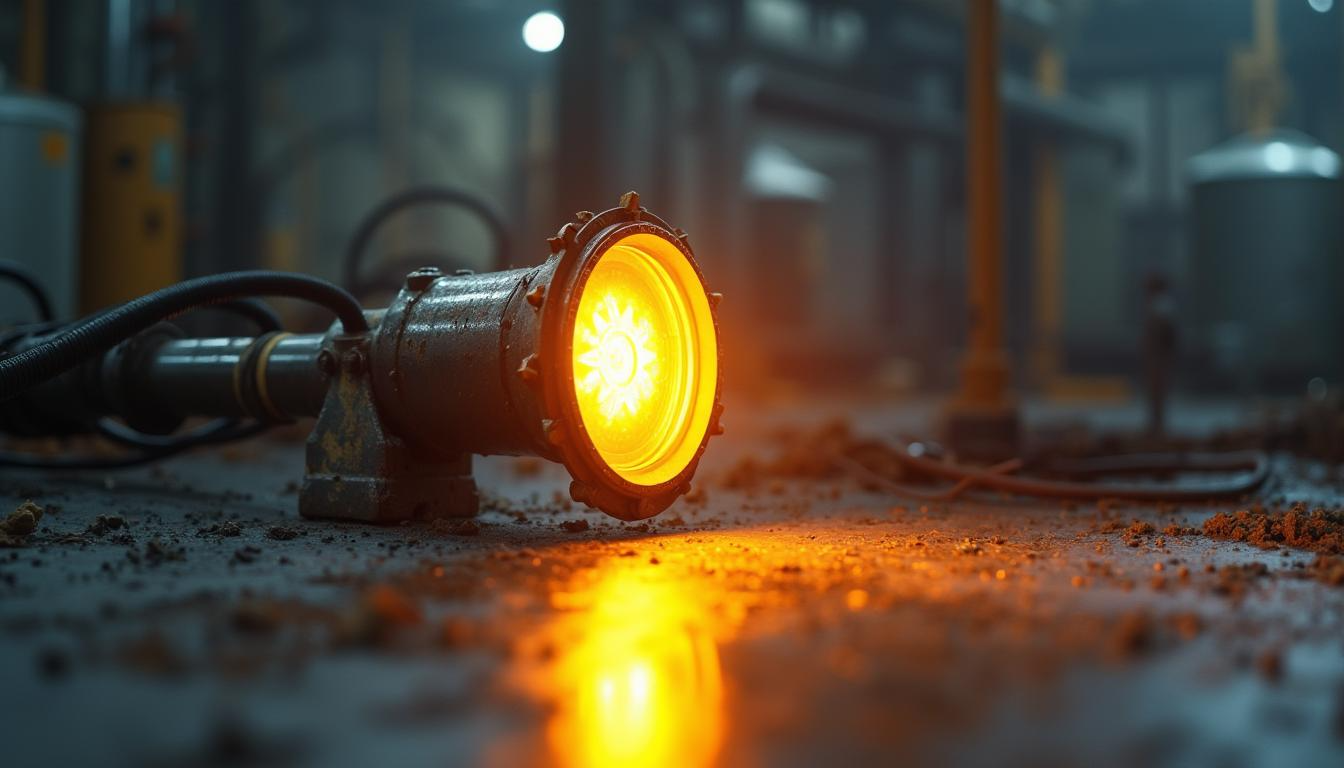Lighting systems must do more than just illuminate the way in places where a single spark could cause a disaster. They also have to keep people safe. The use of explosion-proof lighting in various industries is crucial in situations like these. These specialized lighting systems are designed for high-risk environments, ensuring that industrial work can continue safely in areas filled with flammable gases, vapors, or dust.
These strong lighting options are necessary to ensure people can see clearly in places like oil rigs and drug labs without compromising safety. Let’s discuss why explosion-proof lighting is crucial and how it’s utilized in various fields to mitigate risk.
What is an Explosion-Proof Lighting?
An explosion-proof light is a carefully designed light bulb that can handle high temperatures, sparks, or arcs. In this way, they help keep them from setting off nearby dangerous chemicals. You can still have blasts with these lights, but they stop the bulb from starting them.
For this kind of lighting to be considered safe for dangerous places, it has to meet strict safety standards like:
- ATEX (Atmosphères Explosibles) – mandatory in Europe
- IECEx certified – a global benchmark for equipment in explosive atmospheres
- NEC/UL standards – common in North America
These certificates guarantee the safe operation of explosion-proof lighting in various industries, including oil and gas, marine, mining, pharmaceuticals, and aircraft.
Why Hazardous Industries Rely on Explosion-Proof Lighting
To lower the risk of fire or explosion, industries with potentially flammable atmospheres prioritize hazardous area lighting at the top of their list. Safety compliance isn’t a choice; it’s a must.
This is why they use these kinds of lighting systems:
- The lighting won’t start a fire even in areas with high gas or dust amounts thanks to certified EX equipment.
- Legal risks are reduced and worker safety is improved by safety compliance with ATEX and IECEx.
- Construction of lights includes protected housings that keep sparks out, safeguarding both workers and important equipment.
There must be explosion-proof lights in every industrial setting, whether it’s a portable floodlight for a tunnel or fixed lights on a drilling rig.
Oil & Gas Industry Lighting Needs
Some of the most unstable and dangerous places on Earth are where the oil and gas industry works. From drilling platforms to storage areas, it’s essential to ensure that lighting is both effective and safe. Let’s examine how explosion-proof lighting addresses both permanent and temporary needs in this high-risk area.
Safe Illumination for Refineries and Offshore Rigs
There is a significant danger in refineries and offshore sites, where hydrocarbons can change rapidly. In these areas, hazardous area lighting must be robust, resistant to rust, and capable of withstanding harsh conditions. Fixed floodlights that are safe from explosions illuminate working decks, catwalks, and pump rooms, allowing workers to see better while they’re at work.
Portable Lighting for Maintenance Operations
Maintenance teams use temporary explosion-proof lighting kits and portable floodlight units during shutdowns and turnarounds. Because they are small and lightweight, they meet safety standards and provide focused lighting even in small areas with flammable vapors.
Explosion-Proof Lights in Petrochemical Facilities
There are small working areas in petrochemical plants where smoke, gas leaks, and dust buildup can be very dangerous.
Many people use explosion-proof handlamps for repairs and inspections. It is essential to use approved ATEX lighting solutions and confined space illumination equipment like headlamps, magnetic base lights, and battery-powered lights. These ATEX-certified lighting and other methods help keep things from catching fire and allow people to move around easily in places with limited access.
Lighting Safety for Aviation and Aerospace
There are strict safety rules for aviation and flight activities because they use volatile fuels, pressurized systems, and sensitive gadgets. Explosion-proof lighting is crucial in these high-risk environments to ensure people can see what they’re doing without compromising safety or operational efficiency.
Hangar Lighting Solutions
Storage of dangerous fuels in airplane hangars makes spark-proof lights very important. Explosion-proof handlamps with a lot of lumens and LED floodlights provide clear vision all the time and are perfect for installing high in large hangars.
Maintenance Bay Lighting
Maintenance areas for airplanes need precise tools, and lighting is no different. To meet flight safety standards, repair bays are fitted with IECEx-certified confined space lighting. They help keep engineers and technicians safe from sparks that might occur by mistake in areas with a lot of fuel.
Defence and Military Lighting Applications
There are dangerous operating zones on military sites, bunkers, ammunition storage facilities, and armored vehicle garages. Defense contractors use explosion-proof lighting in various industries. Here, lighting that is tough and won’t break from shock makes things safer and more discreet.
Lighting systems must be able to handle vibrations, rust, and interference from electromagnetic waves. Additionally, portable floodlights and emergency lights facilitate movement and task completion in war zones and at night.
Marine and Offshore Lighting Solutions
Marine settings are very challenging to work in due to the saltwater, oil odors, and constant vibration.
The materials used to make marine-grade explosion-proof lights don’t rust, like copper-free aluminum or stainless steel. Platforms like the following are equipped with these corrosion-resistant fixtures:
- Offshore platforms
- Cargo ships
- Fuel tankers
- Naval vessels
Under bad weather, offshore platform lighting makes it possible to move across helidecks, paths, and loading stations without risk.
Utilities and Power Generation Lighting
Power plants, including thermal, electric, and gas ones, often contain explosive gases, coal dust, and extremely hot conditions. To ensure operations are safe, explosion-proof confined-space illumination must be robust, weatherproof, and meet international standards for hazardous areas.
Explosion-Proof Power Distribution
In thermal and hydropower plants, EX transformers and splitter boxes safely transfer power between areas that contain coal dust or gases that can ignite. Breakers that are resistant to explosions reduce the likelihood of a fire spreading through short circuits.
Safe Floodlighting for Inspections
Powerhouses require floodlights for dangerous locations that can withstand vibration and heat for regular inspections. Mounted on scaffolding or movable towers, they safely light up engines, boilers, and reactors.
Construction Sites in Hazardous Zones
Large infrastructure projects often occur near fuel depots, chemical storage tanks, or dust-prone excavation sites. Temporary explosion proof confined-space illumination kits are critical for:
- Tunnel boring machines
- Mining shafts
- Underground utilities
Tower lights and a portable floodlight provide 360° coverage for both day and night construction. They ensure visibility while preventing fire hazards during welding, cutting, or blasting.
Nuclear Facility Lighting Applications
In nuclear power plants, lighting must not only be explosion-proof but also resistant to radiation and high pressure. Sealed explosion-proof confined-space illumination floodlights are installed inside containment domes and control rooms.
Their long-life LED drivers and reinforced enclosures offer stability during seismic events and radiation exposure. These fixtures ensure that critical infrastructure remains visible, even during emergency shutdowns.
Railway and Transport Sector Lighting
In the train industry, rail yards, subway tunnels, and fuel stores are all dangerous places to work with little air flow.
Explosion-proof tunnel lighting systems don’t let dust or vibrations through. They make it possible to safely move through long tunnels. Track-side repair and rolling stock checks are easier with portable handlamps, especially in places where fuel residue and grease pose an ignition risk.
Pharmaceutical Manufacturing Environments
Cleanrooms and processing areas in pharmaceutical plants require lighting that strikes a balance between hygiene and explosion protection.
Explosion-proof lighting in various industries includes germ-free production zones where chemical solvents, vapors, or combustible powders are used. Fixtures are:
- Easy to sanitize
- Free of exposed screws
- Certified for use in Class I, Division I or Zone 1 areas
UVA inspection lamps facilitate quality checks while ensuring compliance with ATEX lighting solutions.
Explosion-Proof Lighting in Renewable Energy
Even renewable energy facilities like biomass and biofuel plants face fire risks due to organic dust, methane, or confined turbine spaces.
- Biofuel storage tanks need corrosion-resistant confined-space illumination floodlights.
- Wind turbine towers use compact explosion-proof lamps in nacelles.
- Solar plants use tower lights for night-time maintenance in remote, flammable zones.
Lighting systems used here must be IECEx certified and adaptable to off-grid or hybrid energy supplies.
Best Practices for Choosing Explosion Proof Lights
To choose the right explosion-proof lighting solution, follow these steps:
- Understand Zone Classification: Classify the workspace as Zone 0/1/2 or Class I, Division I/II to determine the level of protection needed.
- Verify Certifications: Ensure lights are IECEx certified, ATEX approved, or compliant with regional safety standards.
- Select Suitable Form Factor: Choose between fixed floodlights, handlamps, tower lights, or portable floodlight models based on the application.
- Check Material Compatibility: Use stainless steel or anti-corrosive polycarbonate fixtures in marine or chemical industries.
- Prioritize Maintenance Needs: Opt for LED-based solutions that offer long lifespans and minimal upkeep.
Conclusion – Finding the Right Lighting Solution for Your Industry
From refineries to pharmaceutical labs and tunnels to cleanrooms, explosion-proof lighting in various industries is a cornerstone of safe, compliant operations. Every industrial zone presents unique lighting challenges. Thus, choosing the right solution means balancing safety, performance, and reliability.
If you’re seeking trusted, certified, and efficient lighting for your hazardous operations, explore the premium range of products at AJV Tech, where innovation meets industrial-grade safety.
FAQs
Where is explosion-proof lighting required in construction and maintenance projects?
It is essential in confined construction zones, underground tunnels, mining areas, and near fuel storage or welding sites where flammable materials may be present.
How long do explosion-proof LED lights typically last compared to standard lights?
They often last 50,000-100,000 hours, significantly longer than standard lights, due to durable enclosures, high-grade drivers, and vibration-resistant designs.
Are explosion proof lights weatherproof and suitable for outdoor environments?
Yes, most are IP66/IP67 rated and made with marine-grade coatings, making them ideal for outdoor use in rain, dust, or salt-laden air.
What certifications should I look for in explosion proof lighting (ATEX, IECEx, NEC)?
Look for ATEX (Europe), IECEx (global), and NEC/UL (North America) depending on your location and industry. All ensure safe use of confined-space illumination in explosive atmospheres.
Can explosion proof lighting be used in cleanroom or pharmaceutical facilities?
Absolutely. Fixtures are available that are both explosion-proof and cleanroom-compliant, with sealed, easy-to-clean enclosures and ATEX lighting solutions standards.
What are the most common portable explosion proof lighting options?
These include portable floodlight, handlamps with magnetic mounts, headlamps, and battery-powered tower lights — all suitable for mobile and temporary tasks in hazardous areas.

